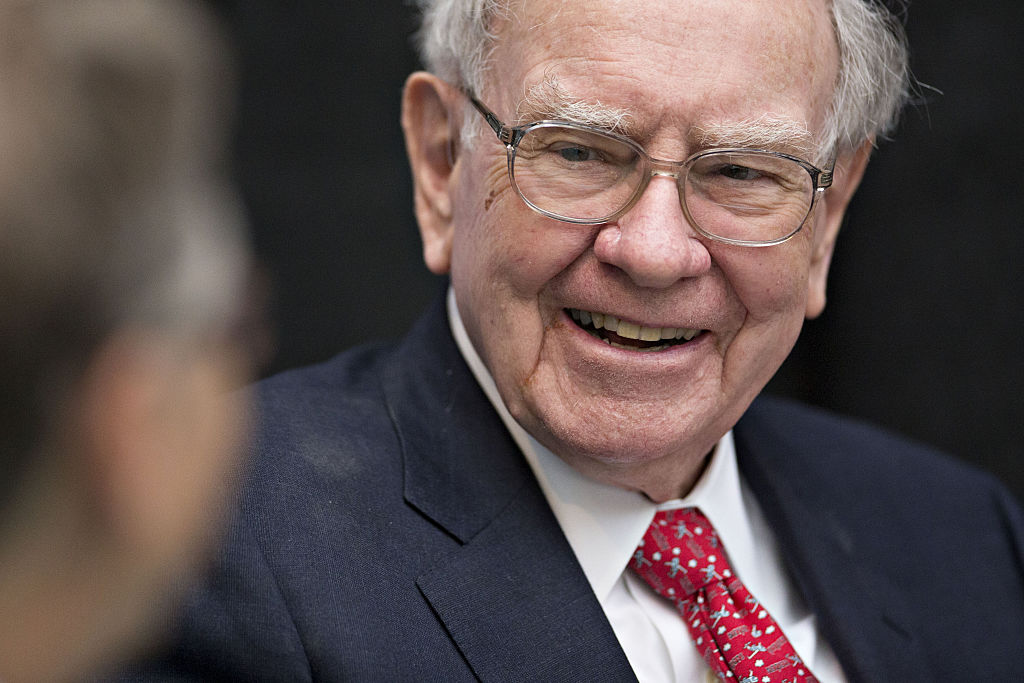When you start investing, one of the first concepts you’re likely to encounter is “value investing”. Like many terms in investment, “value” is not easy to pin down precisely.
As Charlie Munger, the business partner of famous US investor Warren Buffett, put it: “All investment is value investment, in the sense that you're always trying to get better prospects than you're paying for.” This is true, but not very helpful. So let’s be more specific.
At the heart of value investing lies the idea that a company’s share price is often very different to its “intrinsic value”. This disparity is often driven by market mood swings rather than rational analysis. So a value investor calculates the “intrinsic value” of a company, and then looks to invest when its share price is below that. A value investor also looks for a “margin of safety”. That is, they want to invest when the company is not just a little bit, but a great deal cheaper than its intrinsic value, in case their assumptions are wrong.
MoneyWeek
Subscribe to MoneyWeek today and get your first six magazine issues absolutely FREE

Sign up to Money Morning
Don't miss the latest investment and personal finances news, market analysis, plus money-saving tips with our free twice-daily newsletter
Don't miss the latest investment and personal finances news, market analysis, plus money-saving tips with our free twice-daily newsletter
How do you calculate intrinsic value? By analysing a company’s accounts. Traditionally, value investors look particularly closely at the assets on a company’s balance sheet – its book value. The idea is that if a company trades for a lot less than the value of the assets it owns, then in theory, you could buy the company, shut it down, sell all its assets, and still profit.
There are two big risks for value investors. One is that they buy companies which will never regain their past glory. For example, some companies only look cheap because their business models have been destroyed by new technology. These are known as “value traps”.
The second risk is summed up in the apocryphal quote from John Maynard Keynes, who as well as being the 20th century’s most famous economist, was also a brilliant investor. As Keynes said: “The market can remain irrational for longer than you can remain solvent.” In other words, sometimes even good quality value stocks remain out of favour for longer than the average investor can endure holding onto them, in the face of massive underperformance. This highlights the most important trait for the value investor: patience.
For more on value investing, subscribe to MoneyWeek magazine.
Get the latest financial news, insights and expert analysis from our award-winning MoneyWeek team, to help you understand what really matters when it comes to your finances.
MoneyWeek is written by a team of experienced and award-winning journalists, plus expert columnists. As well as daily digital news and features, MoneyWeek also publishes a weekly magazine, covering investing and personal finance. From share tips, pensions, gold to practical investment tips - we provide a round-up to help you make money and keep it.
-
 ‘Why I have ditched my Help to Buy ISA for cash savings and the stock market’
‘Why I have ditched my Help to Buy ISA for cash savings and the stock market’Without the 25% bonus, my Help to Buy ISA is effectively redundant, says MoneyWeek writer Sam Walker.
-
 Is your inheritance tax allowance cut if you sell to downsize or sell your home to pay for care?
Is your inheritance tax allowance cut if you sell to downsize or sell your home to pay for care?Downsizing relief is a little-known benefit that could save your loved ones tens of thousands of pounds in inheritance tax after you’ve died.
-
 The Stella Show is still on the road – can Stella Li keep it that way?
The Stella Show is still on the road – can Stella Li keep it that way?Stella Li is the globe-trotting ambassador for Chinese electric-car company BYD, which has grown into a world leader. Can she keep the motor running?
-
 What's behind the big shift in Japanese government bonds?
What's behind the big shift in Japanese government bonds?Rising long-term Japanese government bond yields point to growing nervousness about the future – and not just inflation
-
 How to beat Warren Buffett – and the fund and trusts that have managed it
How to beat Warren Buffett – and the fund and trusts that have managed itWarren Buffett has achieved stellar returns for investors over a long and illustrious career. Can you rival his investment performance?
-
 Fractional shares: what are they and why HMRC is worried?
Fractional shares: what are they and why HMRC is worried?Investors who have flocked to investment apps offering fractional shares in an Isa could lose the tax-free status of their portfolios.
-
 Halifax: House price slump continues as prices slide for the sixth consecutive month
Halifax: House price slump continues as prices slide for the sixth consecutive monthUK house prices fell again in September as buyers returned, but the slowdown was not as fast as anticipated, latest Halifax data shows. Where are house prices falling the most?
-
 Rents hit a record high - but is the opportunity for buy-to-let investors still strong?
Rents hit a record high - but is the opportunity for buy-to-let investors still strong?UK rent prices have hit a record high with the average hitting over £1,200 a month says Rightmove. Are there still opportunities in buy-to-let?
-
 Pension savers turn to gold investments
Pension savers turn to gold investmentsInvestors are racing to buy gold to protect their pensions from a stock market correction and high inflation, experts say
-
 8 ways to profit from Japan’s recovery
8 ways to profit from Japan’s recoveryCorporate reform, normalising monetary policy and cheap valuations make Japanese equities a top long-term bet, says Alex Rankine.

